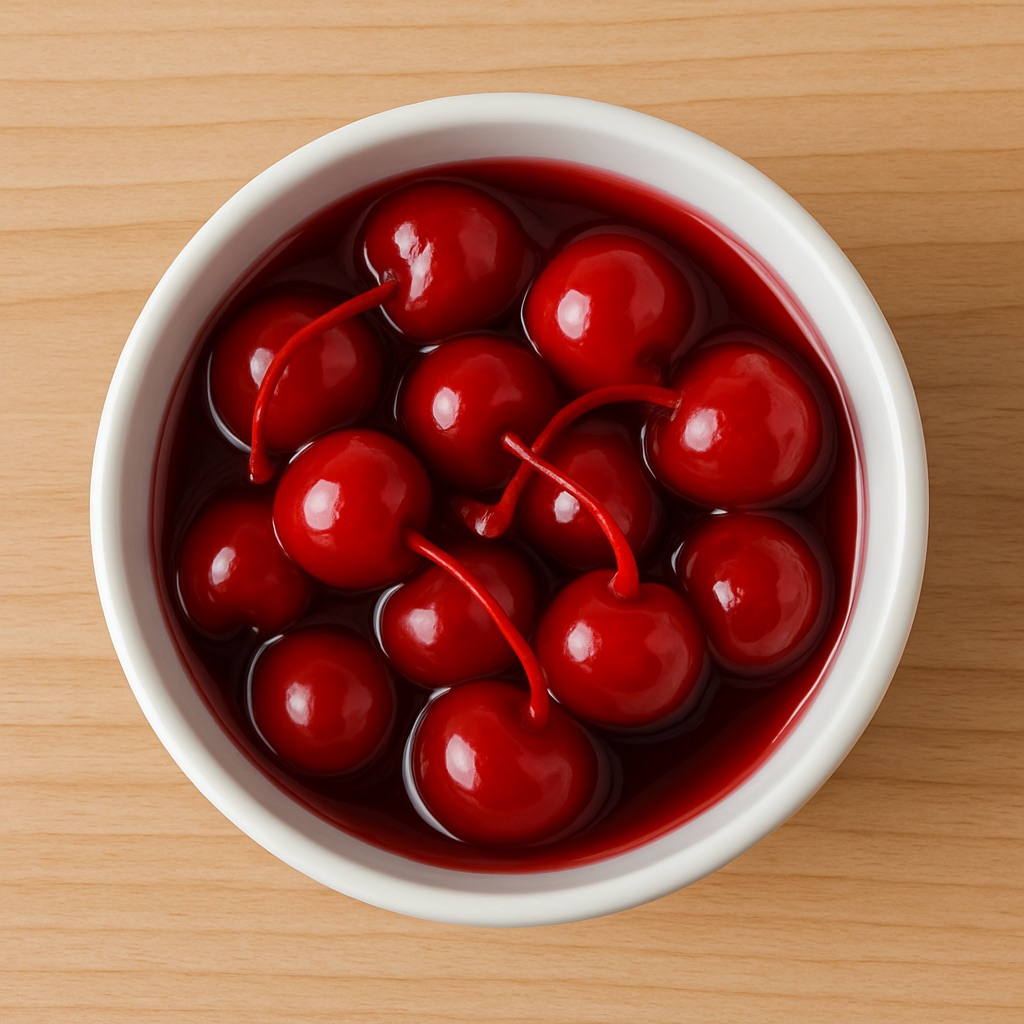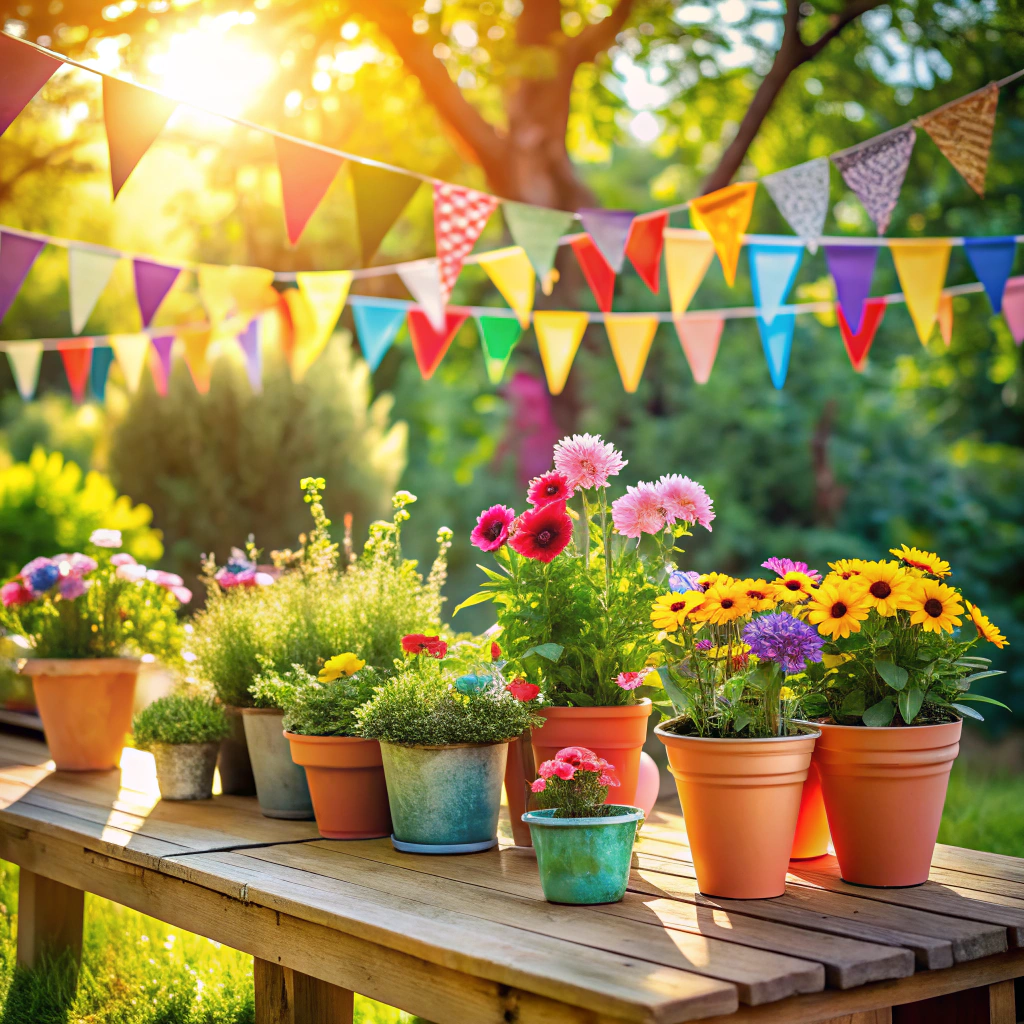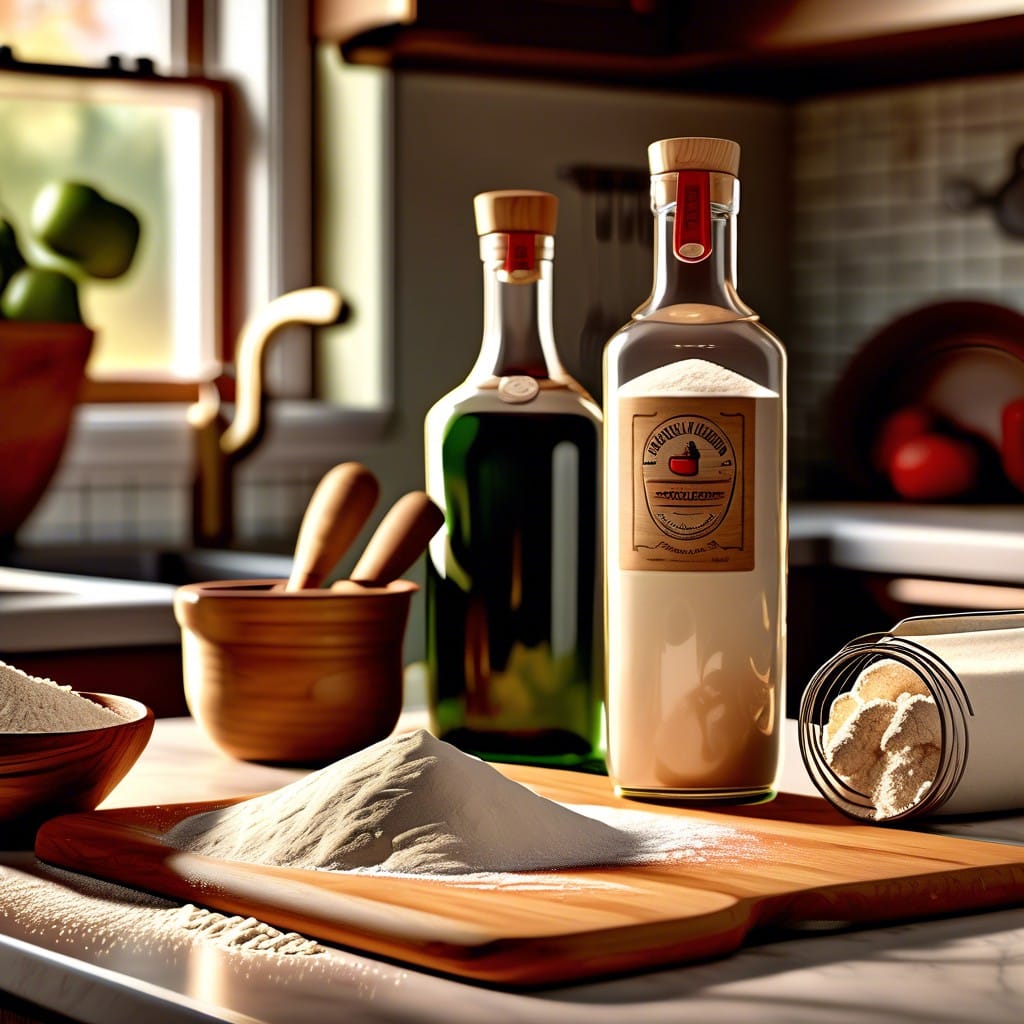Last updated on
Learn how to effectively thin chalk paint for a smoother application and consistent finish.
Key takeaways:
- Start with the right materials: chalk paint, water, mixing container, stirring utensil, measuring tools, and a test surface.
- Experiment with water to chalk paint ratios for different effects.
- Follow a step-by-step guide to thinning chalk paint: mix slowly, check consistency, adjust gradually.
- Test the thinned paint on a similar surface for desired coverage.
- Resolve issues like over-thinned paint, paint separation, clumpy texture, fast drying, color changes, and uneven finish.
Materials Needed
Prepare the following items before beginning the paint-thinning process:
- Chalk paint: Select the desired color for your project.
- Water: Use distilled or filtered water to avoid impurities that can affect the paint.
- Mixing container: Choose a container large enough to mix paint without spilling.
- Stirring utensil: A stir stick or spoon will help you achieve an even mixture.
- Measuring cup or spoons: Precision is key, so use these for accurate water measurements.
- Test surface: Have a piece of scrap material similar to your project surface to test the thinned paint.
Having these materials ready ensures a smooth and efficient process, allowing for a focus on achieving the perfect paint consistency for your project.
Choosing the Right Water to Chalk Paint Ratio
Determining the ideal ratio of water to chalk paint depends on the project at hand. Typically, a good starting point is to add water in small increments, such as a teaspoon at a time, mixing thoroughly after each addition until the desired consistency is achieved.
Here are some quick tips for finding the perfect balance:
- 1. For light texturing: Aim for a minimal water addition, about 1 part water to 20 parts paint (5% water), to maintain the paint’s body while slightly reducing thickness.
- 2. For a smoother finish: A standard ratio is 1 part water to 10 parts paint (10% water), which allows the paint to flow more freely without compromising coverage.
- 3. For washing techniques: A more translucent effect requires a more diluted mixture, with ratios around 1 part water to 4 parts paint (25% water), to create a color wash.
- 4. Stir the mixture thoroughly: It ensures the paint dilutes evenly, preventing a patchy finish.
- 5. Perform a patch test: Before applying to your main project, test the thinned paint on a similar surface to ensure it provides the coverage and look you desire.
Remember, it’s easier to add more water than to thicken paint that has become too diluted, so proceed gradually.
Step-by-Step Guide to Thinning Chalk Paint
Begin with your chalk paint in its container, ensuring it is free of lumps and well mixed. Gather a clean stirring stick, measuring cup, and water. A small increment of water, say a tablespoon, is a good starting point for small amounts of paint, while a quarter cup can be considered for larger quantities.
Pour in the water slowly and steadily while stirring. Mix thoroughly to ensure the water is evenly distributed throughout the paint. Take your time to avoid creating bubbles or a frothy texture.
As you mix, frequently check the consistency. Lift your stir stick and allow the paint to drip off; it should flow smoothly but not be overly runny. A good reference point is heavy cream or pancake batter, depending on your preference and project requirements.
If the paint seems too thick, cautiously add more water, a teaspoon at a time, stirring and checking consistency after each addition to avoid over-thinning. If you accidentally add too much water, you can correct this by slowly adding more chalk paint until you reach the desired thickness.
Once you’ve achieved a consistency that feels right, give the paint a final thorough stir to make sure the thinning is uniform. This is crucial as inconsistencies in texture can lead to an uneven finish on your painted surface.
With the paint thinned to your liking, it is ready to use on your project. Remember that it’s preferable to take your time and add water incrementally to reach the perfect viscosity for a smooth application.
Testing Paint Consistency
After mixing your thinned chalk paint, it’s important to ensure that it has the correct consistency for your project. Dip a brush into the paint, and note how it flows off the brush. The paint should flow smoothly without being too watery. If it drips or runs easily, it’s too thin, and adding a bit more chalk paint can correct this. On the other hand, if the paint is dragging or not spreading evenly, it’s likely too thick, and a small amount of water may be required to adjust it.
Conduct a test on a small, inconspicuous area, or even better, a sample piece of material similar to your project surface. Look for signs of good coverage without streakiness or visible brush strokes. Remember, you can always add more water or paint to adjust, but do so gradually to avoid oversaturating the paint. Once you achieve the desirable flow and cover, you know you’ve hit the sweet spot for your project’s needs.
Potential Issues and Solutions
When thinning chalk paint, you might encounter a few challenges. Here are some quick fixes:
- 1. Over-thinned Paint: If the paint becomes too runny, gradually mix in small amounts of original chalk paint until you achieve the desired consistency.
- 2. Paint Separation: Sometimes the paint might separate after adding water. Stir it thoroughly to recombine. If it continues to separate, discard and start with a fresh batch.
- 3. Clumpy Texture: If the paint hasn’t been used in a while, it may have clumps. Strain it through a fine mesh before thinning to ensure a smooth finish.
- 4. Drying Too Fast: Thinner paint dries quicker. Work in smaller sections or use a paint extender to increase the working time.
- 5. Color Changes: Adding water can lighten the color. Test the thinned paint on a scrap piece first to ensure it matches your project needs.
- 6. Uneven Finish: Apply thin coats and sand lightly between layers for a uniform finish, especially if working with diluted paint.
Remember, practice makes perfect. Don’t hesitate to adjust your approach as you gain more experience.
Recap:




